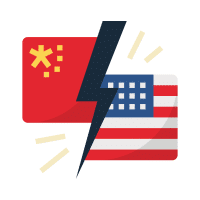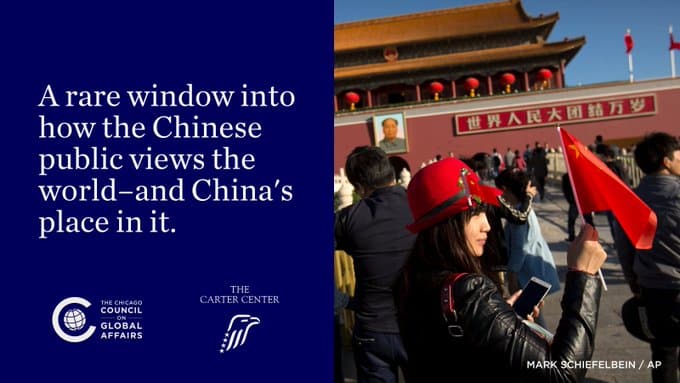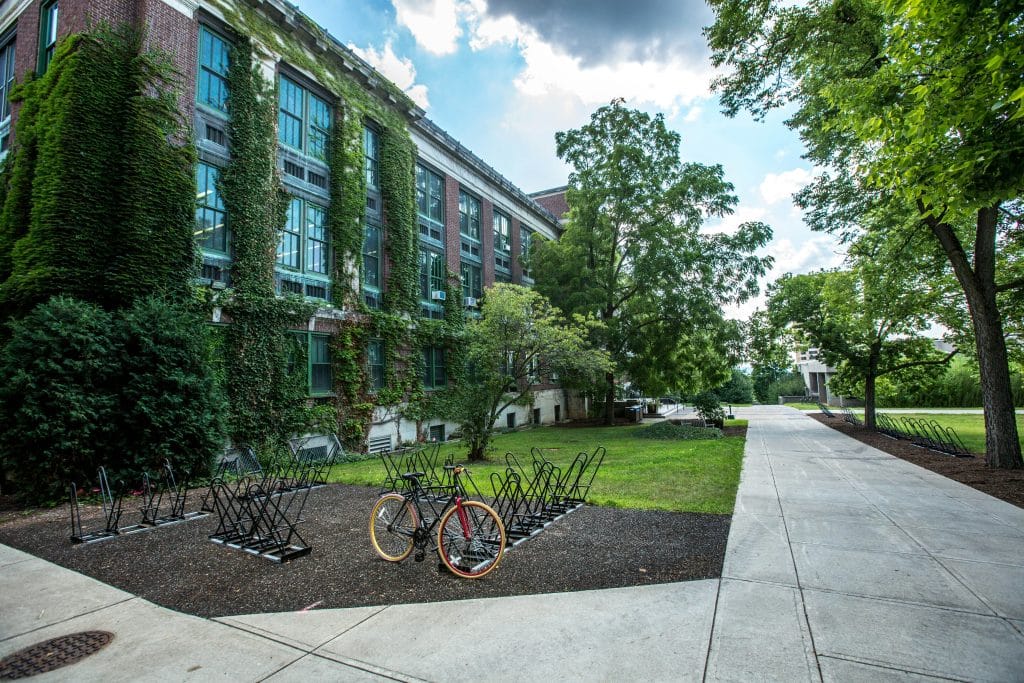Japan’s Prime Minister Takaichi Finally Says Something Close to What Beijing Wants to Hear
Vision and Pathways for U.S.-China Youth Exchanges in a New Era
- Analysis
 James B. Heimowitz
James B. Heimowitz  Mabel Lu Miao
Mabel Lu Miao- 06/02/2025
- 0

Preamble
In November 2023, President Xi Jinping announced at the welcome banquet hosted by U.S. friendship groups in San Francisco that China is willing to invite 50,000 American youth to China for exchanges and study over the next five years—referred to as the “50,000 in Five Years” initiative. In July 2024, the Center for China and Globalization (CCG) released a research report titled Enhancing U.S.-China Youth Exchanges and Advancing the ‘50,000 in Five Years’ Initiative, analyzing developments since the initiative’s launch and offering policy recommendations.
Given recent shifts in U.S.-China relations, CCG, in collaboration with international scholars and youth exchange experts, published a new report titled Vision and Pathways for U.S.-China Youth Exchanges in a New Era. The report highlights emerging trends and characteristics in youth exchanges and proposes targeted recommendations.
Executive Summary
Youth exchanges have long served as a vital component of people-to-people diplomacy between China and the United States. In recent years, such exchanges have taken on greater strategic significance amid a complex global landscape. Changes in U.S. policy toward China, the COVID-19 pandemic, and the Russia-Ukraine conflict have all disrupted the flow of exchanges to varying degrees. President Xi’s 2023 initiative aims to foster mutual understanding and friendship between young people through expanded cultural and academic engagement. Despite mounting challenges, both countries have continued to promote youth interactions through a variety of channels, resulting in meaningful outcomes across multiple domains.
The report finds that U.S. policy toward youth exchanges with China has fluctuated from the Trump administration’s first term through the Biden administration and into Trump’s second campaign. For instance, the U.S. Department of State downgraded its China travel advisory from Level 3 to Level 2 and removed the “D” designation related to wrongful detention risks. However, U.S. visa restrictions, limits on higher education partnerships with China, and spillover effects from the trade war have cast a shadow over bilateral youth engagement. Additionally, slow recovery in direct flights has led to high travel costs, further hindering face-to-face exchanges.
In contrast, China’s approach has remained more stable and strategic. China has offered visa facilitation for American youth with specific invitation letters. Drawing from over a year of exchanges under the “50,000 in Five Years” initiative, the report analyzes participant demographics, thematic focus, and geographic distribution. It observes new trends such as increased digitalization, a shift toward second- and third-tier cities in China, and a growing interest in science and entrepreneurship.
Based on these findings, the report offers the following ten recommendations to promote more resilient and forward-looking youth exchanges between China and the U.S.:
1. Establish a Multi-Stakeholder, Stable Bilateral Exchange Mechanism
Given the impact of geopolitical fluctuations, a more resilient exchange architecture should be established. A joint U.S.-China youth exchange fund or committee—independent of governments but supported by universities, think tanks, corporations, and NGOs—can ensure long-term sustainability. A “Bilateral Youth Exchange Safeguard Agreement” could protect routine academic, cultural, and internship activities from political disruption.
2. Promote Subnational Cooperation in Youth Engagement
Local-level diplomacy is often less volatile than central government relations. Over 200 U.S.-China sister provinces/states and cities can serve as platforms for exchanges in education, entrepreneurship, tourism, and sustainable development. Local museums, businesses, schools, and community organizations can be involved to deepen ties—e.g., American youth helping develop cultural products at Chinese museums, or Chinese youth participating in U.S. community management.
3. Build Think Tank Exchange Mechanisms to Promote Knowledge Sharing
Think tanks, as policy research hubs, can launch youth scholar fellowships or internships, supporting research under joint mentorship by think tank experts and university faculty. Joint seminars on AI governance, climate change, and global health could foster constructive dialogue and policy input. Think tanks can also collaborate to create exchange platforms for young professionals with international vision and policy acumen.
4. Expand Higher Education Cooperation and Joint Degree Models
Despite ongoing collaboration, institutional and policy uncertainties affect joint degree programs. Building on models like NYU Shanghai and Duke Kunshan University, more universities can be encouraged to adopt “2+2” or “1+3” training models, enhance credit recognition systems, and deepen postgraduate-level cooperation.
5. Align Exchanges with Career Development to Enhance Practical Value
Drawing inspiration from the U.S. OPT (Optional Practical Training) system, China could pilot an “International Student Internship Visa,” allowing legal internships or employment during and after studies. A trilateral model involving government, universities, and enterprises could establish “U.S.-China Youth Internship Bases” to enhance education-to-employment pathways.
6. Leverage Multinational Corporations to Support Exchanges
Multinational firms operating in both countries rely on bicultural, bilingual talent. These firms can offer immersive exchange experiences and sponsor youth forums, research projects, or joint training programs. Such initiatives can be integrated into their corporate social responsibility, HR, and PR strategies to ensure continuity and scale.
7. Develop Homestay Programs for Immersive Cultural Experience
A homestay-based model can be implemented to enable immersive learning. Schools and civic groups can organize U.S.-China youth homestay programs where selected families host youth from the other country. Activities can include language lessons, cultural tours, and community engagement, fostering deeper understanding of everyday life and social values.
8. Integrate Study Tours and Tourism to Create Market-Driven Models
Short-term study-tour products combining education and tourism are popular with youth and families. Customized “study and travel” packages can be offered, combining visits to enterprises and cultural landmarks. Cities like Beijing and Shanghai can pilot discounted tickets and transportation subsidies, supported by unified quality standards and evaluation frameworks.
9. Utilize Digital Technologies to Expand Virtual Exchange Platforms
Against the backdrop of pandemics and geopolitical tensions, virtual exchanges offer a low-barrier alternative. A U.S.-China Digital Youth Exchange Platform could integrate distance learning, collaborative research, language exchange, and virtual cultural experiences. AI tools could support language learning, while VR/AR modules showcase urban life and exhibitions—creating an interactive and immersive environment beyond borders.
10. Explore ‘Third Space’ Cooperation to Foster Multilateral Youth Engagement
Cooperation in “third spaces”—developing countries or multilateral mechanisms—can foster more resilient ties. A proposed “U.S.-China Youth Global South Co-Creation Project” in partnership with the UNDP could send joint youth teams to Southeast Asia, Africa, or Latin America for collaborative research and fieldwork on sustainable agriculture, grassroots education, and public health. These non-confrontational, goal-oriented efforts would build trust and improve cross-cultural collaboration skills, offering a flexible pathway outside traditional bilateral frameworks.
James B. Heimowitz is member of Council on Foreign Relations.
Mabel Lu Miao is Secretary General of Center for China and Globalization(CCG), Founder of Global Young Leaders Dialogue (GYLD)







